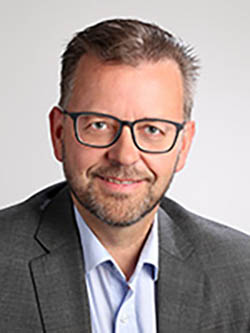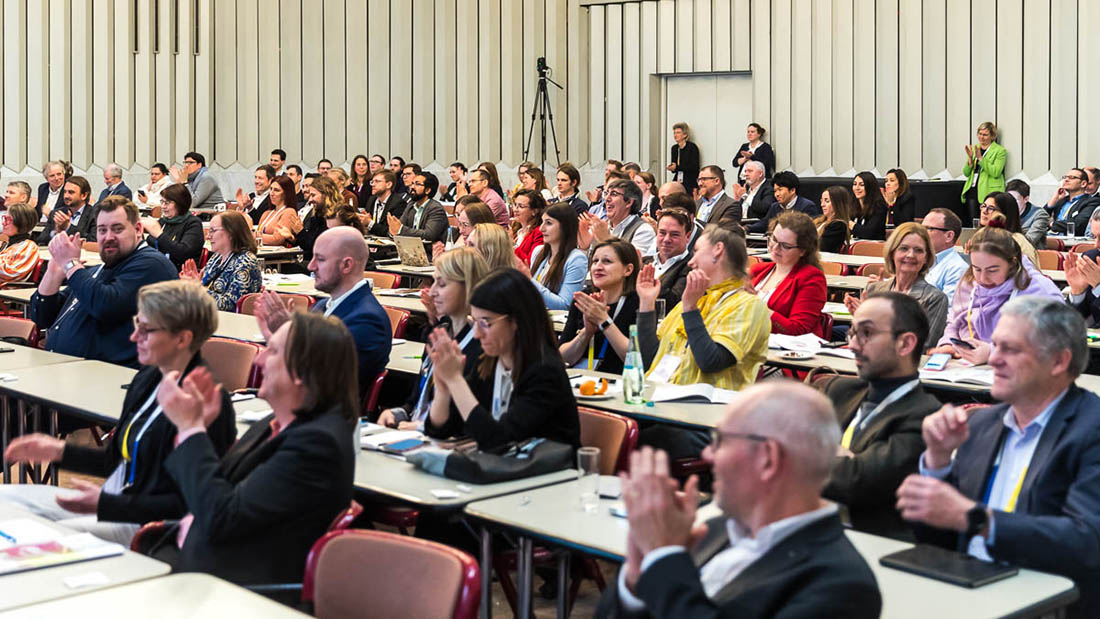The Annual Conference Will Provide Insights on the Current Trends of Circular Economy, Recycling and Sustainable Carbon Cycles
Natural fibers, such as cotton and hemp, will not be able to satisfy the increasing global demand for more sustainable and renewable fibers. Cellulosic fibers are undoubtedly part of the solution.
Cellulose is the main component of plant cell walls and is a natural polymer. It is both bio-based and biodegradable, even in marine environments, where its degradation does not result in the production of any microplastic.
Cellulosic fibers are at the forefront in the race to replace single-use plastic products. For example, 100% cellulose-based recyclable barrier papers, cellulose foam for packaging, wet wipes and hygiene products are already in the market or under development.
The various production technologies for extracting cellulose from plants can also be used for the recycling of cellulose, which ensures circularity of the material. At the same time, innovations using alternative raw materials, in particular textile waste, used clothing and agricultural residues, are also gaining ground.
With a compound annual growth rate of 5-10%, cellulosic fibers have been a major success story within the textile market over the past decade, with similar growth rates projected in future. Meanwhile, the continued growth of cellulose-based nonwovens, packaging and hygiene products continues to push the boundaries of fibers beyond the horizon of traditional textile applications.
Sustainability, fiber-to-fiber recycling and alternative fiber sources are some of the key topics of the next Cellulose Fibres Conference, to be held in Cologne, Germany, on March 13−14, 2024 and online. The two-day event, which includes an exhibition area, will cover the entire value chain, from lignocellulose, chemical pulp, and cellulosic fibers such as viscose, modal and lyocell, to new developments across a wide range of applications, including textiles from renewable fibers and nonwovens such as wet wipes, as well as new areas such as composites, hygiene, packaging, and nanocellulose in the food industry.
Organized by Nova-Institute, an independent German research institute founded in 1994 that offers research and consultancy with a focus on the transition of the chemical and material industry to renewable carbon, this annual conference will highlight some of the most successful cellulose-based solutions currently on the market or planned for the near future.
First held in February 2020, just before the coronavirus pandemic struck, this next edition will be the fifth in the series – a unique event in the global cellulosic fibers industry’s calendar.
Last year’s conference attracted around 230 participants from 27 countries. Pertti Nousiainen of NousFibre Consulting, Finland, said, “The Cellulose Fibres Conference is important to gather experts worldwide amid the challenges of responding to the increased demand for bio-based textile fibers with hydrophilic and tensile properties produced with zero carbon footprint.”
Lucja Wanicka of AFRY, Finland, mentioned that the event is “the ideal place for experts within the man-made cellulosic fibers and textile industry to exchange ideas, collaborate and make the future together.”
“Conferences like this drive scientific collaboration and innovation, which is essential for progress in industrial applications,” added Thomas Harter of Graz University of Technology, Austria, while Sascha Schriever of RWTH Aachen, Germany, said it is the “place to be for innovators in the cellulose fibers industry.”
The 2024 conference will feature sessions on traditional and new markets for cellulosic fibers, replacing single-use plastic products, sustainability and environmental impacts, circular economy and recyclability, alternative feedstocks and supply chains, cellulose fiber-based hygiene products, ionic liquids and new technologies for pulps, fibers and yarns.

The opening session will provide an overview of the market and the applications of cellulose in the textile sector, as well as in other fields such as hygiene and packaging. In addition to exploring the various uses of cellulose, speakers will highlight market opportunities. During this timeframe, a case study, Evolving Cellulosic Textile Fibres presented by Jukka Kantola of the World BioEconomy Forum, will outline the role of the Finnish forest clusters in developing an innovative environment for cellulosic fibers based on the first Finnish bio-economy strategy.
Session tracks include exploring new markets for cellulose, single-use plastics, sustainability and recyclability, feedstocks and supply chains, hygiene, and pulps, fibers and yarns.
This year, six nominees that will present innovative and sustainable solutions for various industries in the cellulose fiber value chain have been announced as finalists for the Cellulose Fibre Innovation of the Year 2024, sponsored by GIG Karasek, Austria. (See graphic for nominees.) The innovations range from resource-efficient and recycled fibers for textiles and building panels to geotextiles for glacier protection.


